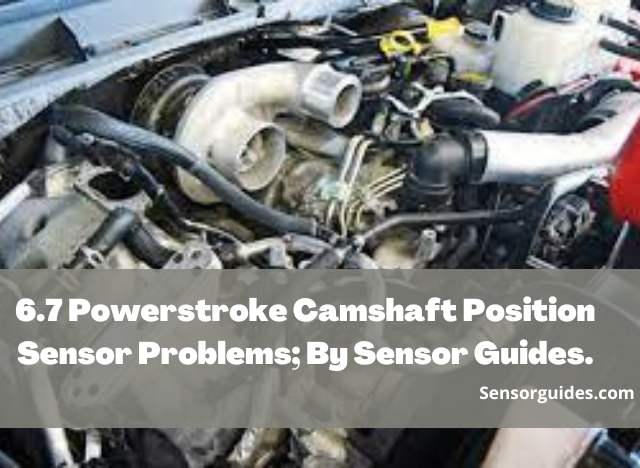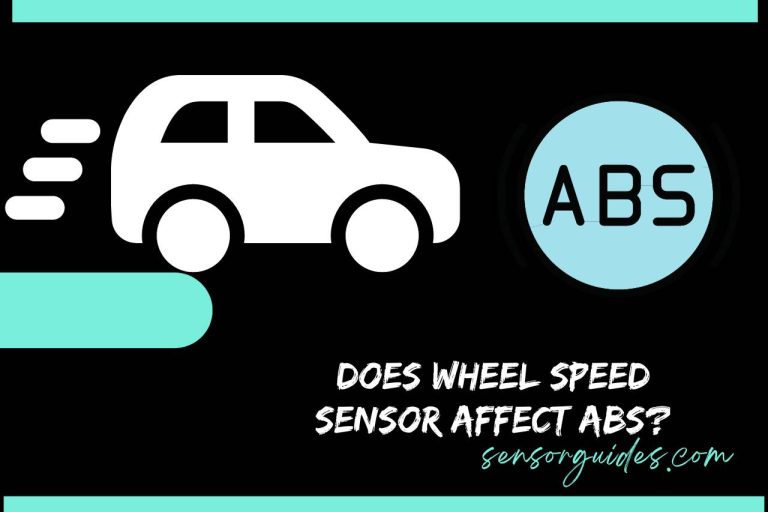Ultrasonic Parking Sensor Guide: Types, Symptoms, and Fault Diagnosis
In today’s fast-paced world, parking a vehicle safely in tight spaces is more important than ever. Ultrasonic parking sensors have become standard in many vehicles, assisting drivers with real-time alerts to avoid collisions. Whether you’re a car owner, mechanic, or auto DIYer, understanding how these sensors work, the different types available, and how to troubleshoot them is crucial.
In this comprehensive guide, we’ll walk you through everything you need to know about ultrasonic parking sensors—from the various types to the most common symptoms of failure and simple diagnostic methods.
What is an Ultrasonic Parking Sensor?
Ultrasonic parking sensors are electronic devices mounted on the vehicle’s bumpers that use sound wave technology to detect nearby objects. These sensors emit high-frequency sound waves (typically 40 kHz) that bounce off nearby objects. By calculating the time it takes for the echo to return, the system determines the distance to the object.
When the distance is below a certain threshold, the system alerts the driver with a series of beeps that become faster as the car gets closer to the object. Some advanced systems also include visual displays showing which sensor is being triggered.
Types of Ultrasonic Parking Sensors
1. Bumper-Mounted Sensors
- OEM Look: Seamless and clean.
- Coverage: Front and rear proximity.
- Best For: Factory-fitted or professional retrofits.
2. License Plate-Mounted Sensors
- Easy Installation: No drilling required.
- Less Accurate: Narrower field of detection.
- Best For: DIY upgrades and temporary setups.
3. Flush-Mount vs. Surface-Mount Sensors
- Flush Mount: Sits level with the bumper surface.
- Surface Mount: Protrudes slightly for easier installation.
4. Wired vs. Wireless Sensors
- Wired Systems: More reliable, less interference.
- Wireless Systems: Easier to install, may experience signal delays.
Common Symptoms of Faulty Ultrasonic Parking Sensors
- 🔊 No sound when reversing
- ⚠️ “Parking Sensor Fault” warning on the dashboard
- 📢 Continuous beeping even when no obstacle is present
- ❌ One or more sensors not responding during test
- 🔁 Inconsistent or delayed beeping while reversing
How to Diagnose Parking Sensor Problems
1. Visual Inspection
Check each sensor for dirt, mud, or ice that may block the ultrasonic signal. Look for physical damage like cracks or loose fittings.
2. Clicking Test
Most working sensors emit a faint clicking noise when active.
Steps:
- Turn on ignition and engage reverse gear (handbrake ON).
- Place your finger or a stethoscope on each sensor.
- You should feel a light clicking or vibration. If not, it may be faulty.
3. OBD2 Diagnostic Scan
Use an OBD2 scanner to detect error codes related to the sensor system.
Example Codes: C1A67 (sensor circuit fault), P0500 (vehicle speed sensor)
4. Sensor Swap Test
Swap the suspected faulty sensor with a working one. If the fault moves, the sensor is bad. If it stays, check wiring or the control unit.
How to Fix Faulty Parking Sensors
✅ Cleaning
Wipe off dirt and grime using a microfiber cloth and mild cleaner. Avoid high-pressure washing directly over sensors.
✅ Replacing a Sensor
Use a trim tool to remove the old sensor, disconnect the wiring harness, and insert the new sensor in place.
✅ Wiring Inspection
Check harnesses for damage or disconnection. Inspect control modules for water damage or loosened connectors.
✅ Fuse Check
Check the vehicle’s fuse box for a blown parking sensor fuse and replace if necessary.
Preventive Maintenance Tips
- Clean sensors regularly, especially in rainy or dusty environments.
- Avoid installing sensors near exhaust or heat sources.
- Do not paint over sensors unless specifically rated for it.
- Check aftermarket installation angles and spacing carefully.
FAQs
❓ Do all parking sensors use ultrasonic technology?
No. Some systems use electromagnetic or radar sensors, but ultrasonic is most common due to its affordability and effectiveness.
❓ Can I install ultrasonic parking sensors myself?
Yes, many DIY kits are available, though OEM-style systems may need professional installation for best results.
❓ My car beeps when nothing is behind—why?
Dirty, wet, or faulty sensors may trigger false alarms. Interference or alignment issues may also be the cause.
❓ Are ultrasonic sensors affected by weather?
Yes. Rain, snow, or ice may block sound waves, causing missed detections or false alerts.
Conclusion
Ultrasonic parking sensors are crucial for safe vehicle operation, especially in tight spaces. Understanding how they work and how to diagnose faults can help you avoid accidents and unnecessary repairs.
Whether you’re dealing with a faulty sensor or planning a new installation, we hope this guide helps you make smarter decisions. For more sensor troubleshooting tips, visit our other posts here at SensorGuides.com.




